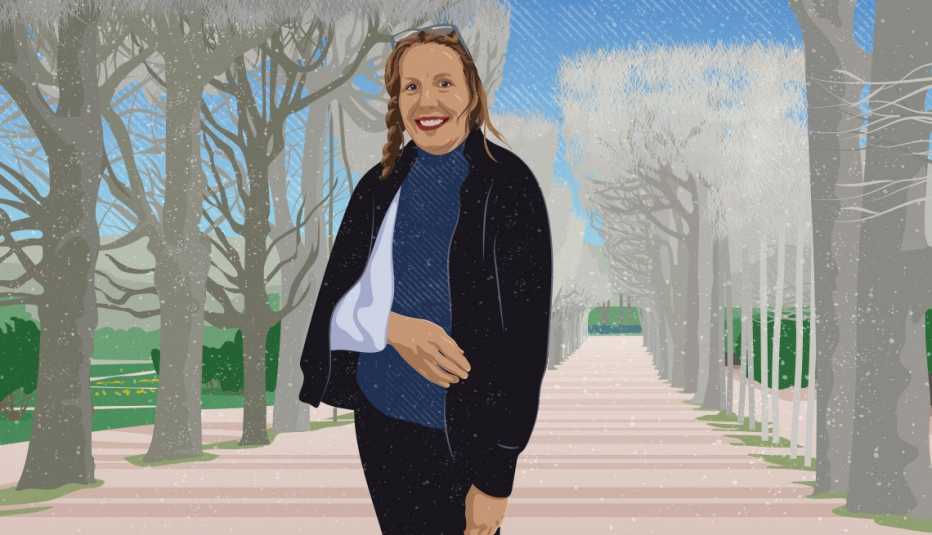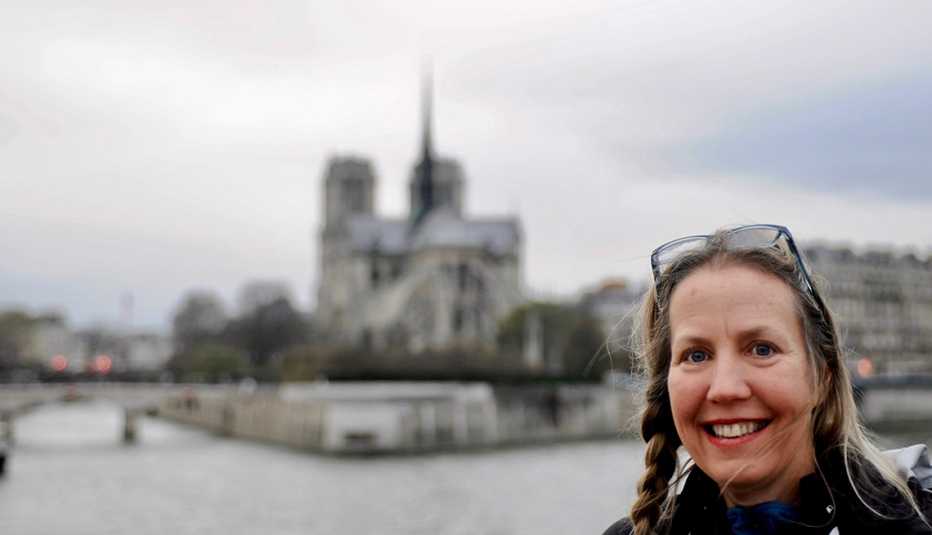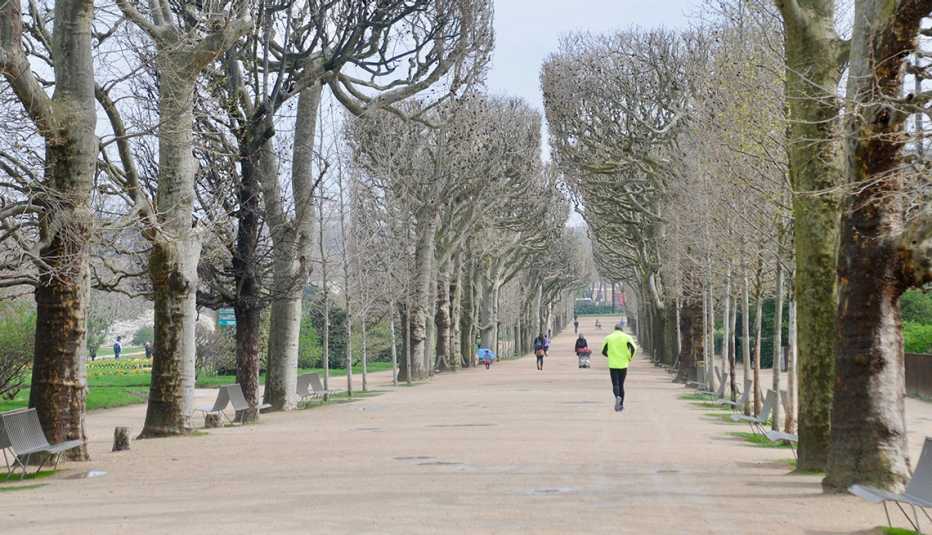Staying Fit


A “usual” exploration of Paris would demand visits to the historic Eiffel Tower, the art-filled Louvre and Musée d’Orsay, the iconic churches Notre Dame and Sacré-Coeur, and the shop-lined avenues such as Champs-Élysées and Rue Saint-Honoré.
It might also be filled with tastings of exquisite French wines and scrumptious foie gras, cheese or pastries in famed restaurants or trendy cafés, where jostling in lengthy lines is to be expected and reservations are not.
My pre-pandemic visit to the City of Light was far from usual, however. I had broken my shoulder and underwent surgery, which caused the cancellation of trips to Quebec Provence in Canada and Vail, Colorado. But I would be damned if I would nix this getaway to Paris with my husband, Tom, who would be making his first visit, in spring no less. I couldn’t wait to introduce him.
Ever the loving spouse, he lobbied to postpone our travel, to give me more time to recover. I won that war of wills, but conceded that we’d skip the top attractions and walk wherever possible to avoid crowds. It wasn’t much of a concession; I’d learned long ago that walking and immersing oneself in a destination’s day-to-day community life results in the best memories.
I had my angst. Still tender, swollen and bruised from surgery, I feared being elbowed in a crowd or falling. So I took a few simple precautions to assuage my concerns. I booked an airport wheelchair and a car service from the Charles de Gaulle Airport to our lodging. A one-bedroom rental apartment in the 5th arrondissement, the famed Latin Quarter, on the river Seine’s left bank put the best of Paris within easy reach. And thanks to the apartment building’s tiny elevator, we escaped hauling luggage to the second floor.
We set one or two major ground rules for venturing out: No standing in lines and no visiting crowded venues in order to avoid accidental bumps or brushes against my shoulder that would cause pain or worse. No Louvre, no Notre Dame or even use of the crowded Métro subway for us. Instead, we favored quieter byways and less congested streets. We ducked into inviting galleries, small museums and tucked-away cafés, and detoured into nooks, crannies and alleys in whatever neighborhood we might be. We covered 3 to 8 miles every day during our six-day stay, rarely taking a direct route. We began each day with a rough plan, but spontaneity and serendipity invariably won out, with our daily paths resembling a child’s scribbles on a map.
History lessons


Even before we began our exploring, the memory-collecting commenced when we stepped into history during a stock-the-kitchen shopping trip on Rue Mouffetard, one of the city’s oldest streets, a few blocks from our apartment. Romans marched along La Mouffe, as locals call it, and its street scenes inspired novelists Honoré de Balzac, Ernest Hemingway and George Orwell, as well as renowned street photographer Henri Cartier-Bresson. Centuries-old houses, cafés, greengrocers, meat and fish shops, bakeries and other delicious finds line this narrow, cobbled pedestrian street, and the lower part doubles as a market. It’s not only an immersion into history but also into daily city life. We overheard little English and relied on my rusty French, facial expressions and gesturing to purchase fresh greens, cheese, charcuterie, a baguette, chocolate and a bottle of wine.



































































You Might Also Like
Adult child suggests adventure — Mom goes along for the ride
Seeing your kids as adults means sometimes stepping back and letting them lead the wayThrough Travel Comes an Understanding of Your Family’s History
For a longtime writer, visiting homelands brings the pastMore Members Only Access
Watch documentaries and tutorials, take quizzes, read interviews and much more exclusively for members